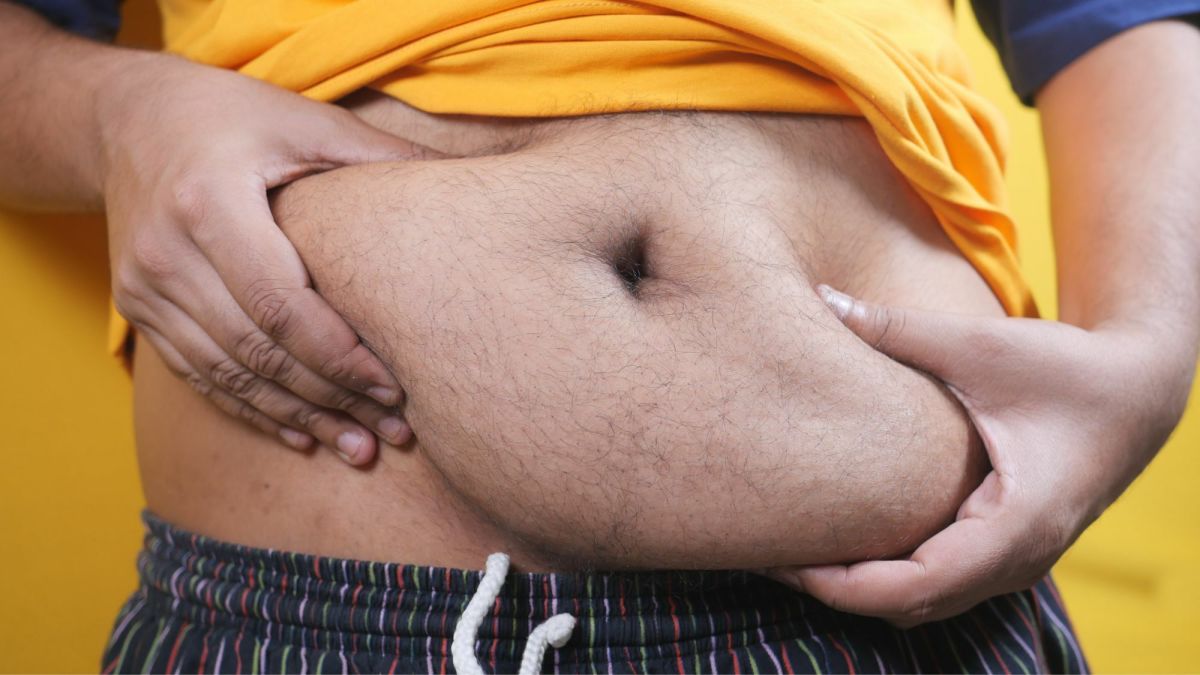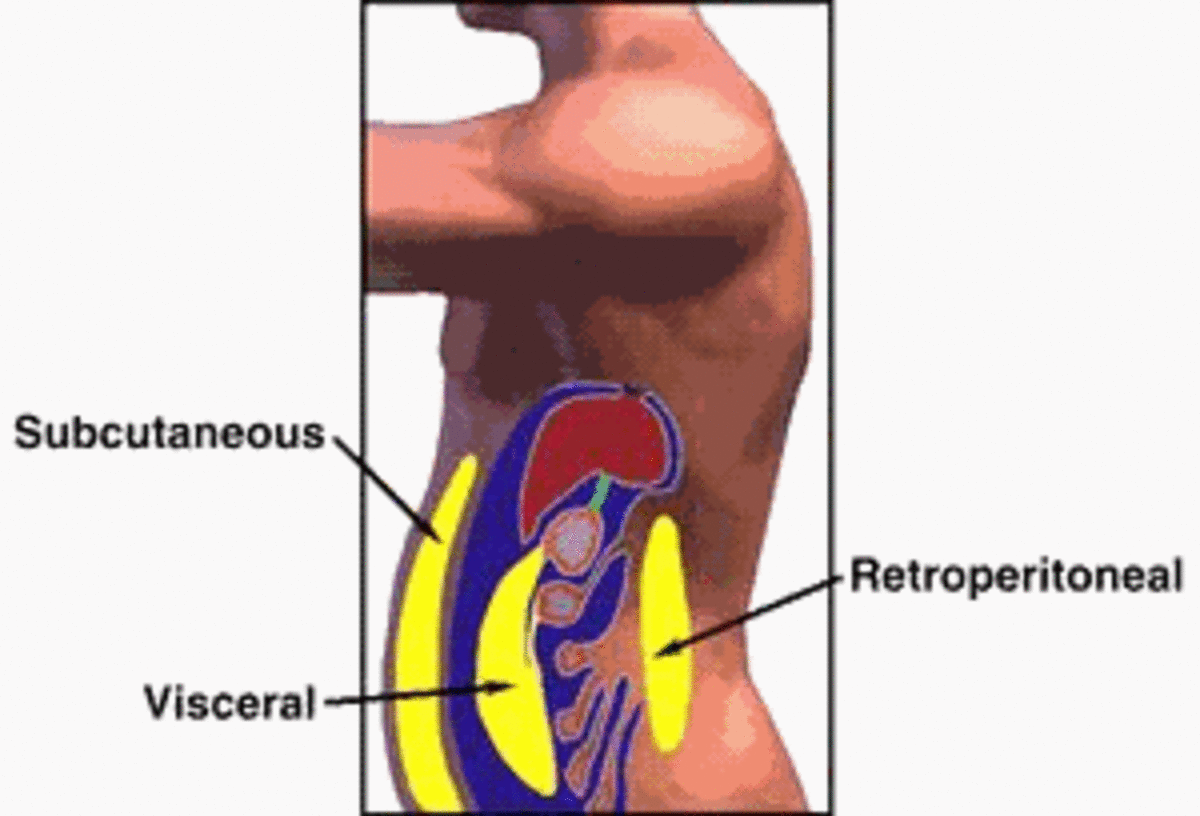Finding A Solution to the Really Big Problem

The number of people who are currently overweight stands at around three in every ten and of those, around about one in ten are classed as obese. Obesity not only results in poor body image and lack of self-esteem but also represents a major risk of coronary heart disease. With our increasing reliance on the internal combustion engine, a frightening increase in the consumption of convenience foods and, in many cases, a reluctance to start and maintain an exercise regime, the signs are that this problem is not going to disappear without the necessary re-education in healthy living. So, what changes in lifestyle do we take into the millennium to avoid becoming an overweight statistic?
Obesity is classified as having a body fat percentage of over 25% in males and 30% in females. It is caused by overeating and a sedentary lifestyle. Added to this, far from the adage that 'fat people are happy people' it can cause a great deal of misery to those who suffer from it. The human body has not progressed all that much since the days of the cave man. We still have a very large energy storage capacity in the form of fat cells. This was needed when times were hard and, in order to eat, we first had to hunt for our food and this could mean days without eating. Today we don't really need that facility. We generally enjoy 3 meals per day and our energy intake is regular. Around 60% of the number and distribution of our body's fat cells are genetically determined. These cells are used to store fatty acids as one of the main sources of fuel to drive the body and as a fuel, even the leanest body has the ability to sustain over 500 hours of running. In simplistic terms, if we take in more energy in the form of food than we expend by way of activity, the excess calories are stored as body fat.
It is this excess fat which is the cause of the problem. To rectify this imbalance we must expend more energy by exercise or increased activity and consume less food, especially foods high in dietary fat. Each gram of fat which we consume provides 9 kilocalories of energy. We all have a propensity to put on a few pounds now and again, especially this time of year with all of the barbecues. But by looking at your diet and taking regular exercise you will be able to maintain a healthy bodyweight.
If you feel you are putting on too much weight and you feel unable to carry out your day to day activities without undue fatigue, it really is time for you to take stock and to embark on a weight reduction programme. Before you take off for the gym and work yourself into the ground, I would recommend that you have a health related fitness screening to ascertain your present level of fitness, coronary heart disease risk factor and to provide the information necessary in the design of a safe and effective exercise program.
This should cover:
- Resting Blood Pressure and Blood Pressure Response to Exercise
- Resting Heart Rate and Heart Rate Response to Exercise · Family History of Coronary Heart Disease
- Cigarette Smoking Habit
- Cholesterol Profile
- History of Diabetes
- Current Exercise/Activity Level
Once this information has been gained, a programme of cardiovascular and resistance exercise can be prescribed. Cardiovascular exercise at low to moderate intensity will facilitate an increase in the aerobic energy pathways and mobilise free fatty acids (FFAs) to fuel the body. The resistance component, using free weights or weight machines will facilitate an increase in lean body mass, which in turn increases the body's metabolism allowing you to burn up more calories.
Along with the exercise programme, a healthy eating programme must be followed. This means eating the right amount of the right type of food at the right time. One of the main downfalls of the 'Diet' method of losing weight is that most of the weight loss is lean tissue which only serves to reduce the body's metabolism and so therefore cannot be recommended. Motivation can also be a problem in the fight to lose excess fat. Feeling uncomfortable about going to a gym with other exercisers, lack of will to get out and do the session, non-adherence to the eating plan are all the negatives. Exercising in like minded groups, employing a personal trainer, or picking a quiet time in the gym to do your session are the positive steps which can be taken. If you are greatly overweight, the amount of exercise you can do in the early stages will be around 20 minutes. This can be increased as you lose the excess fat and become fitter.
As the body becomes fitter the mind becomes fitter and gradually you regain self-esteem and self-confidence. As it says in the BT advert, 'it's good to talk'. Remember though you must consider these lifestyle changes as changes for life, your life!








